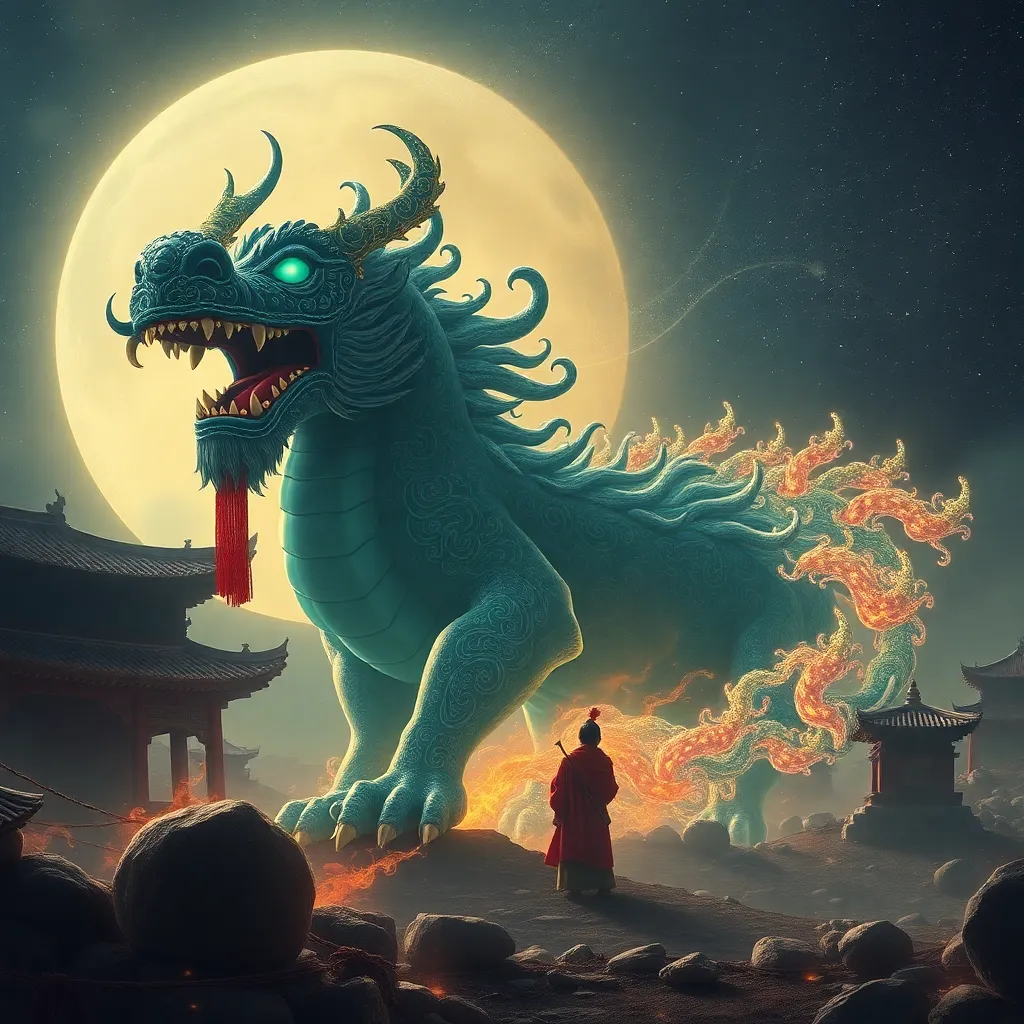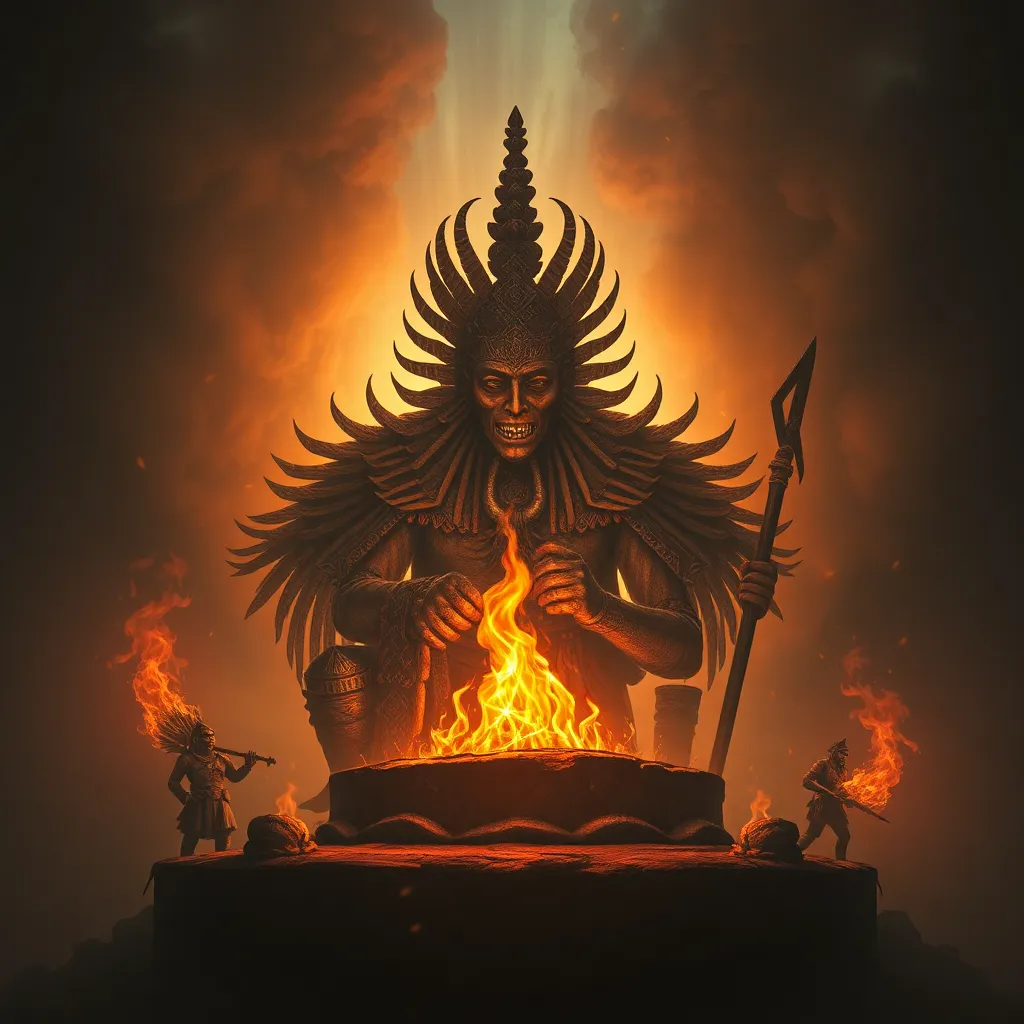Gremlin Encounters in the American West: Legends of the ‘Dwarves’ and ‘Little People’
I. Introduction
Throughout history, folklore has served as a rich tapestry of cultural narratives, weaving together the beliefs, fears, and wonders of societies. Among these tales, gremlins and little people have emerged as intriguing figures, particularly in the folklore of the American West. These mythical beings, often depicted as mischievous and elusive, have captivated the imagination of many. This article aims to explore the significance of these legends within American West culture, delving into encounters and stories that have shaped their narrative over time.
II. Historical Context of Dwarves and Little People in Folklore
The origins of myths surrounding dwarves and little people are as varied as the cultures that created them. From the mischievous leprechauns of Irish folklore to the benevolent nature spirits of various indigenous tribes, these figures often embody humanity’s fascination with the supernatural.
- European Origins: Dwarves in European mythology often represent a connection to the earth and craftsmanship, while little people serve as tricksters or guardians of nature.
- Native American Influence: Many Native American cultures have legends of small beings, such as the Pukwudgies or the little people of the Hopi, who are said to possess magical powers and a deep connection to the land.
As settlers moved westward in America, these legends evolved, blending with local beliefs and experiences. The vast and often untamed landscape of the American West provided fertile ground for the imagination, leading to the development of unique variations of these mythic figures.
III. Notable Gremlin Encounters in the American West
The American West is dotted with tales of gremlin encounters, ranging from famous sightings to lesser-known anecdotes that locals cherish. Some notable encounters include:
- The Tahoe Mystery: In the early 1900s, there were numerous reports of tiny figures darting through the forests around Lake Tahoe, often attributed to mischievous gremlins.
- Mount Shasta Sightings: In Northern California, locals have shared stories of small beings seen near the mystical Mount Shasta, often described as playful and elusive.
Personal anecdotes from locals often share striking similarities in descriptions of these encounters. Many describe the gremlins as small, humanoid figures with a penchant for mischief, playing tricks on unsuspecting hikers or campers.
IV. The Role of Nature and Geography in Gremlin Legends
The rugged and diverse landscape of the American West impacts the perception of little people. The natural environment often plays a crucial role in the formation of these legends, as the isolation of mountainous regions or dense forests creates a sense of mystery.
- High Encounter Rates: Areas such as the Sierra Nevada and the Rocky Mountains are known for higher rates of reported encounters, likely due to their remote settings.
- Environmental Elements: Weather phenomena, such as fog or sudden storms, often accompany these encounters, enhancing the eerie atmosphere that surrounds them.
These factors contribute to the allure of gremlin legends, inviting exploration and speculation about what might lurk in the shadows of the wilderness.
V. Cultural Interpretations and Symbolism
Gremlins often symbolize the playful and unpredictable aspects of nature. Their mischievous nature can be seen as a reflection of humanity’s relationship with the wilderness—both enchanting and treacherous.
- Mischief and Playfulness: Gremlins embody the spirit of play, reminding us of the unpredictable nature of the world around us.
- The Wilderness Unknown: These legends speak to the broader themes of exploration and the unknown, highlighting the fine line between wonder and fear.
In modern storytelling and media, gremlins continue to be depicted in various forms, often serving as metaphors for the chaos of life and the importance of embracing the unexpected.
VI. The Intersection of Science and Folklore
While folklore often thrives in the realm of the supernatural, the phenomenon of gremlin sightings can also be examined through a scientific lens. Several psychological and sociological aspects may explain these encounters:
- Sleep Paralysis and Hallucinations: Some encounters may be attributed to sleep-related phenomena, leading individuals to perceive small figures during episodes of sleep paralysis.
- Urban Legends and Community Impact: The sharing of these stories can strengthen community bonds, creating a shared cultural narrative that enhances local identity.
These explanations invite a deeper understanding of how folklore interacts with human psychology and societal dynamics.
VII. Contemporary Relevance of Gremlin Legends
In recent years, there has been a revival of interest in folklore and local legends, propelled by social media and the internet. The sharing of encounters and stories has become more accessible, allowing for a wider audience to engage with these cultural narratives.
- Social Media Influence: Platforms like Instagram and TikTok have become venues for individuals to share their personal encounters, fostering a community of folklore enthusiasts.
- Preserving Legends: This digital age facilitates the preservation of these stories, ensuring they are passed down to future generations and remain relevant in contemporary culture.
VIII. Conclusion
In summary, the legends of gremlins and little people in the American West are a testament to the power of folklore in shaping cultural narratives. These stories provide insight into the human experience, reflecting our fears, curiosities, and connections to the natural world. As we continue to explore and share these tales, it is essential to preserve this rich tapestry of belief for future generations. We invite readers to share their own experiences and encounters, contributing to the ongoing narrative of gremlins in the American West.



